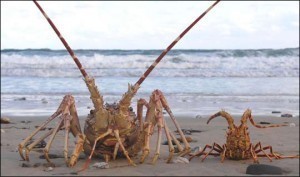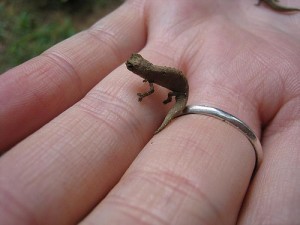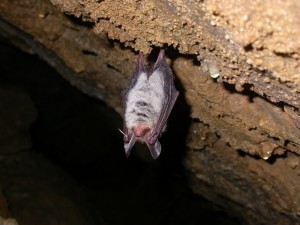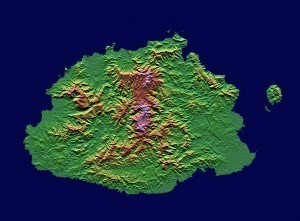How Big is The Biggest Lobster?
The biggest lobster in the world caught so far weighs 44.4 lbs (20.15 kg). This  lobster was captured in Nova Scotia in Canada. The average lobster size is 25 to 50 centimeters (9.8 to 20 in).
lobster was captured in Nova Scotia in Canada. The average lobster size is 25 to 50 centimeters (9.8 to 20 in).
Classification
The lobster belongs to the Nephropidae family in the Astacidea infraorder (Pleocyemata suborder). They belong to the Decapoda order in the Malacostraca class. Some classifications include Homaridae in the family.
There are many types of crustaceans called lobsters, but the most well known are the clawed ones. These clawed lobsters are distant relatives of the slipper lobsters and the spiny lobsters; those lobsters don’t have claws. The closest relatives of the clawed lobsters are the freshwater crayfish and the reef lobsters.
Longevity
The latest scientific studies show that these crustaceans don’t lose their fertility even when they get old. This is true not just for the biggest lobsters but also for the smaller ones. Studies also show that these lobsters don’t show any signs of weakness with advancing age. If anything, they get stronger.
The reason for this is that the lobsters possess an enzyme that fixes the DNA sequences. Barring any injury or disease, some researchers believe the lobster can live for an indefinite period. However, this view is being challenged by some scientists. But there is no disputing the fact that the lobster can live for a very long time.
Habitat
These creatures can be found in every ocean in the world. They are found in the sandy, muddy or rocky areas around the shoreline to over the continental shelf. The lobster usually lives alone underneath rocks.
Anatomy
These creatures have a solid exoskeleton. As the lobsters grow, they
undergo the molting process (the procedure wherein the old, small shell is replaced). Many of the biggest lobsters replace their color during the molting procedure. These creatures have ten legs, with the two out front acting like claws.
Their nervous system is not as sophisticated as that of the mollusk, nor is their eyesight keen. But their exoskeleton is durable and provides good covering. The lobster is also quick. Their appendages also give them flexibility not matched by other crustaceans.
Blood
The lobster has blue blood because there is haemocyanin in it. Haemocyanin has copper, causing the blue color. Spiders and snails also have blue blood. In addition, the lobsters have an organ called the tomalley. This acts as both pancreas and liver.
Diet and Behavior
These creatures are carnivorous. Their diet consists of crustaceans, fish, different kinds of plants, worms and various types of crustaceans. Lobsters are known to eat the skin they remove during molting.
In some cases they will scavenge. Some captured lobsters engage in cannibalism. However, cannibalism has not been in lobsters out in the wild. These lobsters usually walk on the ocean floor, but they can also swim at a speed of 5 m every second.
The biggest lobster as stated here is the largest on record only. It is very much possible that larger ones exist that have not yet been seen.





